Affiliate links on Android Authority may earn us a commission. Learn more.
Motorola's 2016 line-up: Fingerprint sensors for all, phones 5 inches + (Update: Motorola clarifies)
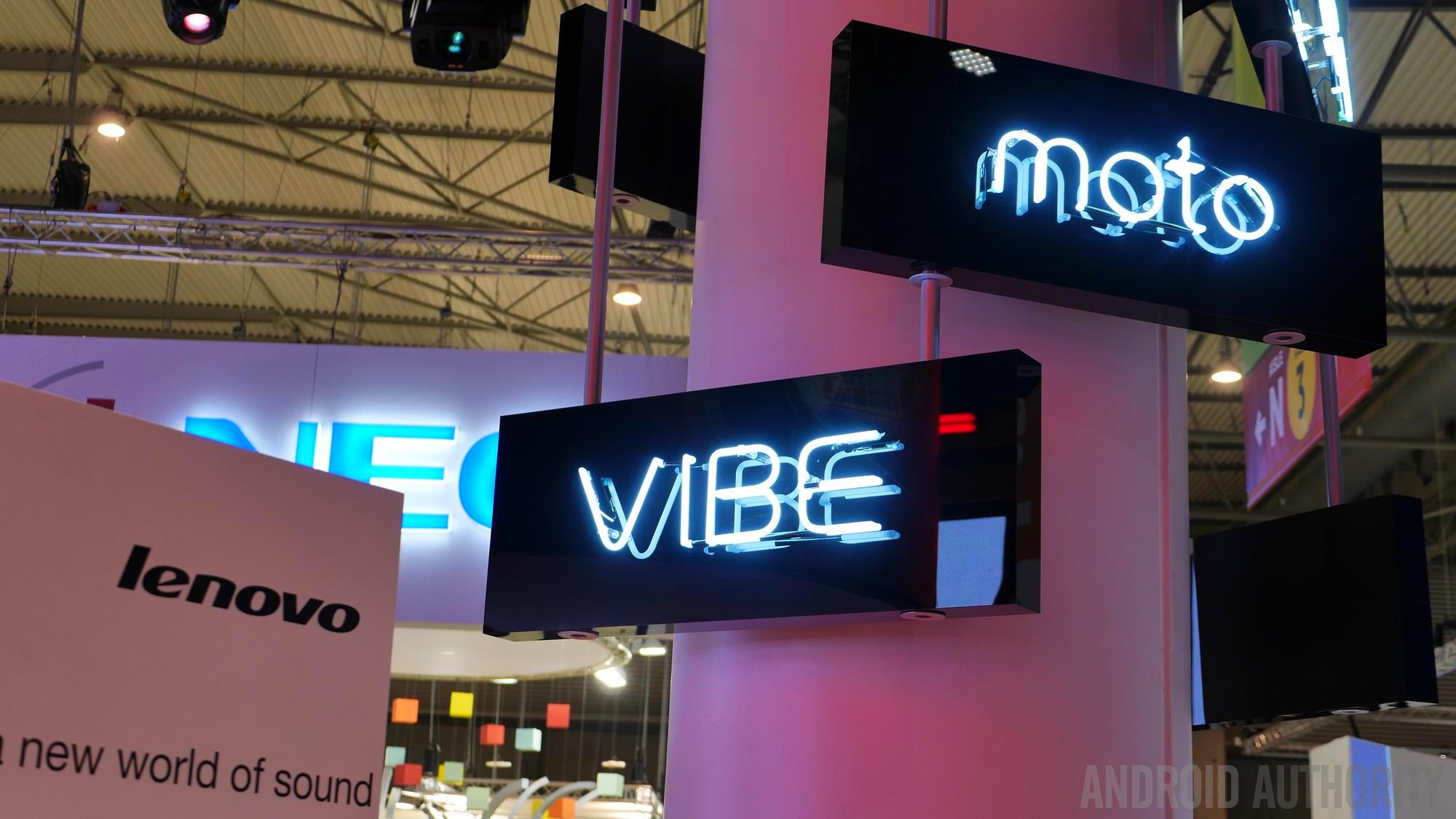
Update (1/14): It was originally reported that Chen Xudong, SVP of Lenovo, said in an interview that all Moto-branded devices launched in 2016 would come to market with embedded fingerprint sensors. However, thanks to a recent statement sent to Android Authority from Motorola, we now have some clarification regarding the original comments:
Xudong was referring to products specific to the China market. We’ll share more information about our 2016 products at a later time.
As of now, that’s the only word we’ve received regarding Mr. Xudong’s statement. It should be noted that this doesn’t necessarily rule out the inclusion of fingerprint sensors on Moto-branded devices in other markets, but at least now we know what Lenovo’s SVP was talking about in the original interview.
Original post (1/12): It seems that the recent Tech Sina interview with Mr. Chen Xudong has far more to offer than news that Google services will be re-entering China sometime in 2016. The SVP of Lenovo, and President of Lenovo China and Asia Pacific had some exciting news to offer about his company’s plans for Motorola’s product line.
- All Moto-branded devices to launch in 2016 will come with embedded fingerprint sensors.
- All Moto-branded products to launch in 2016 will have screen sizes of 5 inches, or larger.
- Moto-branded products will see their design fine-tuned to suit the needs of customers in both the East and West.
- Lenovo and Moto’s UI will be merged into a brand new UI to be unveiled in 2017.
This news comes after conflicting reports broke last week that claimed Lenovo was phasing out the Motorola name. In the end, the company itself clarified the issue as to say there will be no more products specifically branded as “Motorola”, rather all devices released will continue to use the “Moto” branding as has been the case for years now.
Along with all this news however, it was also reiterated that the Moto brand itself will be used for higher-end smartphones, with Lenovo’s own Vibe brand serving to encompass lower-end, “budget” devices. 2016 will see no more than 15 models released, split between the two brands.
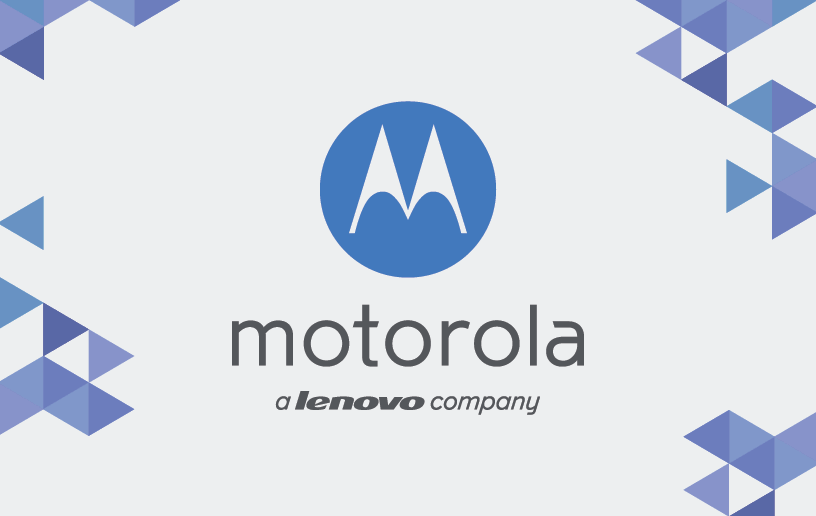
Analysis
Given the significance of these four key points, it is prudent to consider each one individually:
Fingerprint sensors
With respect to fingerprint sensors, the idea that all Moto phones will include them makes perfect sense, especially given that the brand itself will now be used for higher-end devices. Considering that at one point the Nexus 6 was originally going to have a fingerprint sensor, it’s probably say to say Motorola has been experimenting with the tech for use in its Moto line, and the company itself did release the Atrix 4G some years back.
It should also be mentioned, of course, that there had been numerous rumors of fingerprint sensors gracing new products throughout last year when it looked like the Moto X Pure Edition (2015) was going to have one.
Size situation
With respect to the size factor issue, this should not come as a surprise either given that Motorola has systematically been enlarging its smartphones over the past few years. Given that Lenovo’s own Vibe brand will handle the lower-end segment of the market, it it highly unlikely there will be another Moto E. It’s highly possible that even the Moto G itself will be discontinued, and the default “entry” level Moto line in 2016 will be something more akin to what the Moto X Play was last year.
The problem however, at least in theory, is that Motorola has brand recognition in countries like the USA, yet Lenovo on the other hand – as a smartphone OEM – does not. Offering Moto Maker on the Moto G was another major upgrade in terms of the business strategy for the series. If Lenovo does indeed seek to release a similar product but with Vibe branding, it is likely to be overlooked simply out of sheer unfamiliarity. Then again, if the sales of the Moto G in North America were quite poor, the lack of presence may be a minimal one at best.
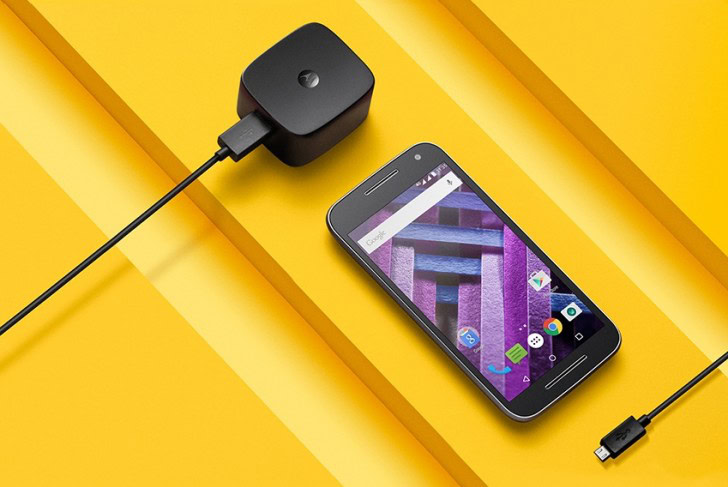
Modified design
Motorola has been altering the design of its Moto series with each passing year, and 2015 saw perhaps the most dramatic changes yet. While the shape itself has essentially remained the same, there have been minor tweaks. Given that Mr. Xudong apparently likes the overall design of the Moto series, it is unlikely there will be any dramatic changes in store, rather continued minor modifications.
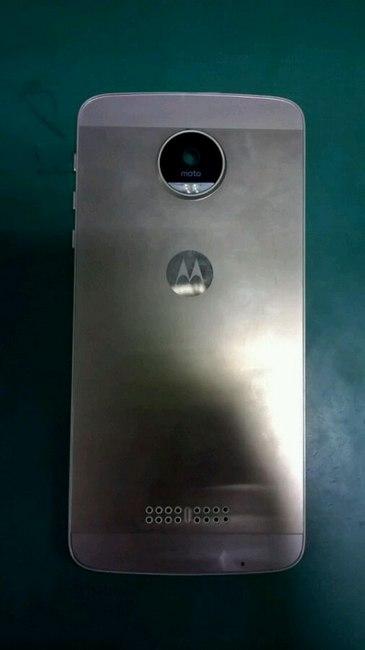
Indeed the leaked image (above) which appeared last month and claimed to be the Moto X (2016) may offer a good idea what kind of changes are in store, provided the picture was genuine.
UI changes
This detail is likely to instantly incite anger in anyone who cares about UI and buys Motorola products. Since the very early days of Android, Motorola has been making devices. Back then, the company had a custom made skin called MOTOBLUR that drew the hatred of many. When Google purchased the company and it was finally revealed that the blur was just a forgotten splotch in favor of an almost-stock experience, fans were unlimitedly pleased.
This stock-like UI is also likely to have contributed to the rapid turn-around in which Motorola was able to update the Moto X Pure Edition (2014) to Lollipop back in 2014. While 2015’s Moto X Pure had a somewhat longer wait to meet with Marshmallow, things would presumably have been even more delayed had a major UI layer been placed on top.
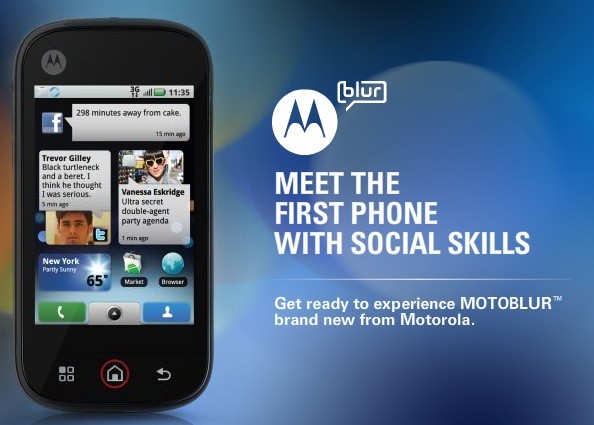
Lenovo has a very unique take on the Android UI, for example doing away with the app launcher drawer entirely. Just how these two skins could merge is a mystery, and perhaps a worrying one for some. It would not be unthinkable to imagine Lenovo simply placing Moto Actions on its Vibe devices, though in light of the lower-spec sentiment, this would seemingly be difficult.
To this end, a merged UI that meets both half way could get the best of both worlds, but in all likelihood it will only serve to upset many fans in North America or Europe. In Asia however, where there is fierce competition – especially in China – the new UI could serve to make the Moto devices more special and coveted than a simple stock product.
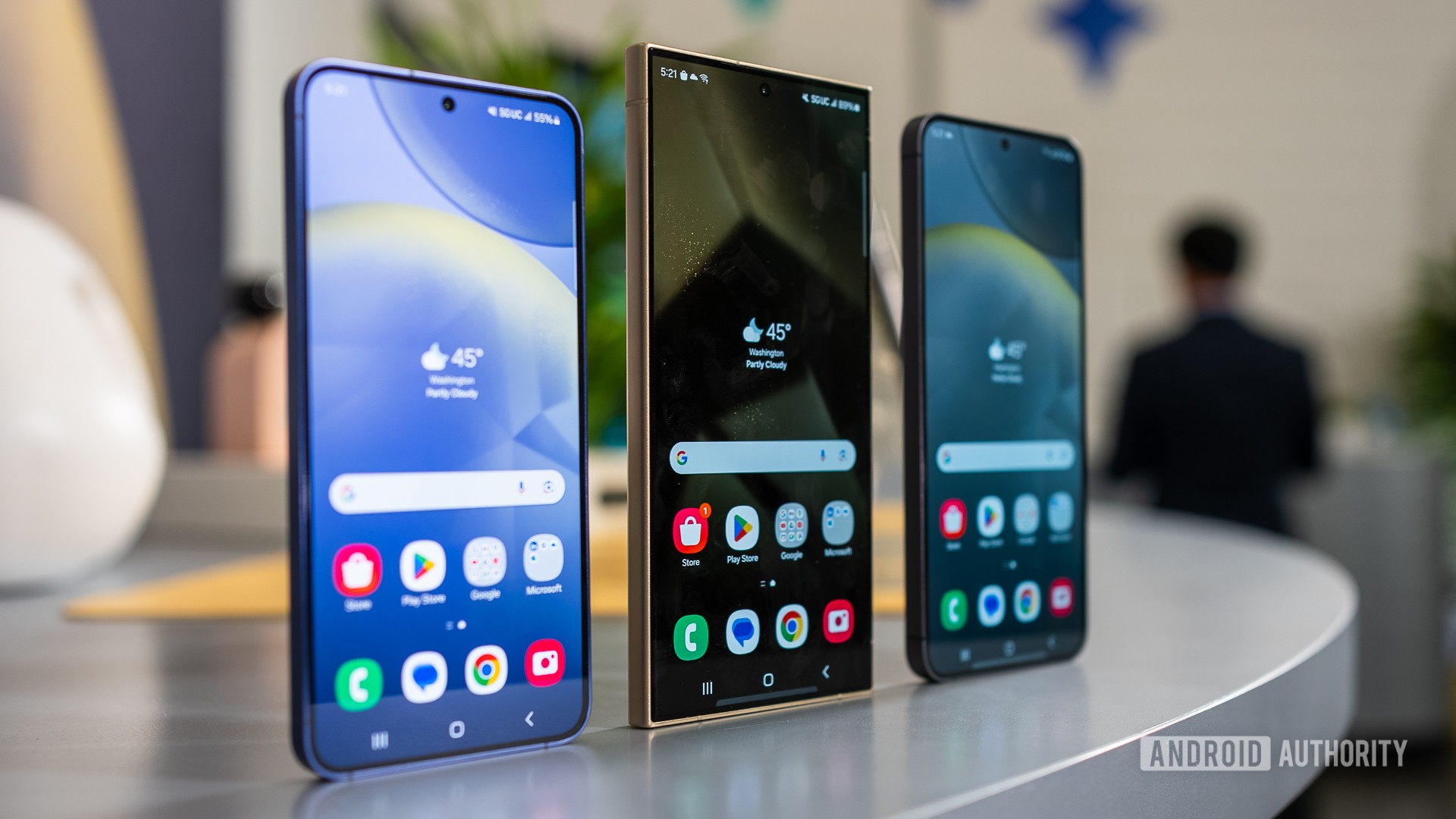
Wrap up
As news of Lenovo’s changes to the Motorola brand continue to stream out, week by week it’s possible to get a better understanding at what the year to come may ultimately offer up. The question will become just how much – or how little – Lenovo ultimately modifies the formula which had been established during the company’s tenure as a Google owned entity.